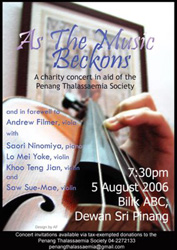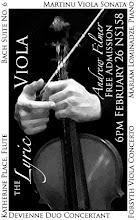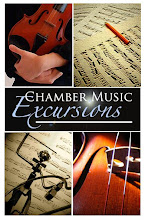Let us first examine the word "pizzicato" - which is "to pluck". If we really go to a garden and pluck something, we'll see how many violinists pizzicato is more like pulling out a stubborn and unwelcome plant than picking a beautiful flower. That's not plucking - that's weeding.
It will help somewhat to have a look at how harpists approach pizzicato - as well, as mentioned earlier, jazz bassists. For the harp, one will find that:
1. The use of the wrist and fingers (more accurately the closing of the fingers into the palm of the hand) is more important than any use of the arm.
2. Unless a special effect is required, pizzicato is done right in the center of each string, because that is the place is where the string rings out the most.
We can learn much from this, but of course there are many differences that don't allow us to apply these techniques directly. Two of them are as follows: first, the position of our strings to our hands very different, and we are usually holding the bow while we pluck; secondly, harps generally use all "open" strings. But the ways we can adapt and apply these ideas is as follows:
1A. While the arm may move in pizzicato, think also about how the finger and wrist acts after it leaves the string.
2A. Try not to think of pizzicato as being the same place on a string - the best place changes as we put fingers on the string, because the length of the vibrating string becomes smaller. The best place is really halfway down the vibrating string, or one octave above the written note.
Let's take, for example, this common chord:
Here, the position of the fingers (shown in squares) change the length of the vibrating strings (shown in brackets "[" and "]").
Green: open strings. Blue: the first finger, B. Yellow: the second finger, G.
Because of that, the best way to pizzicato is shown with the pink line. That being said, due to the constraints of the position of the arm, it may be more practical to pluck just slightly closer to the bridge than shown.
The Guaneri Quartet in The Art of String Quartet Playing (The Guaneri Quartet and David Blum), also make the following suggestions:
a) Stop the left fingers tightly as if to create a new nut, and make the pizzicato clearer.
b) The right hand should move quickly, even in a piece with a slow tempo.
c) Vibrato to make the sound continue longer
d) Pluck sideways rather than vertically - this provides more resonance and the string will less likely hit the fingerboard.
e) The sound of a pizzicato will come out more immediately than a bow - so if you are playing in a string ensemble, pluck slightly before the bowed note.
f) Play pizzicato one dynamic above that written.
Some other possibilities to consider:
- Strumming like Lakatos - avoid using the nails, but hit with the skin on that side of the finger.
- Using more than one finger to pluck - helpful in fast sections, but difficult to maintain the sound quality. Sometimes, a two-note pizzicato may be better in unison (two fingers on two strings) than spread.
- Left hand pizzicato - try using a different finger... or placing that finger higher or lower.
Lastly, try listening to these suggested pieces to hear how pizzicato is used: the third movement of Tchaikovsky's 4th Symphony, J. Strauss Jr.'s Pizzicato Polka, Sarasate's Ziguenerweisen.








1 comment:
One of my professors noted that the two most recent posts mentioned two concepts that were both described as "most misunderstood". On further consideration, I suppose the real winner of the title of "most understood" is...
...drumroll...
The Violist.
Bwahahahaha...
Post a Comment